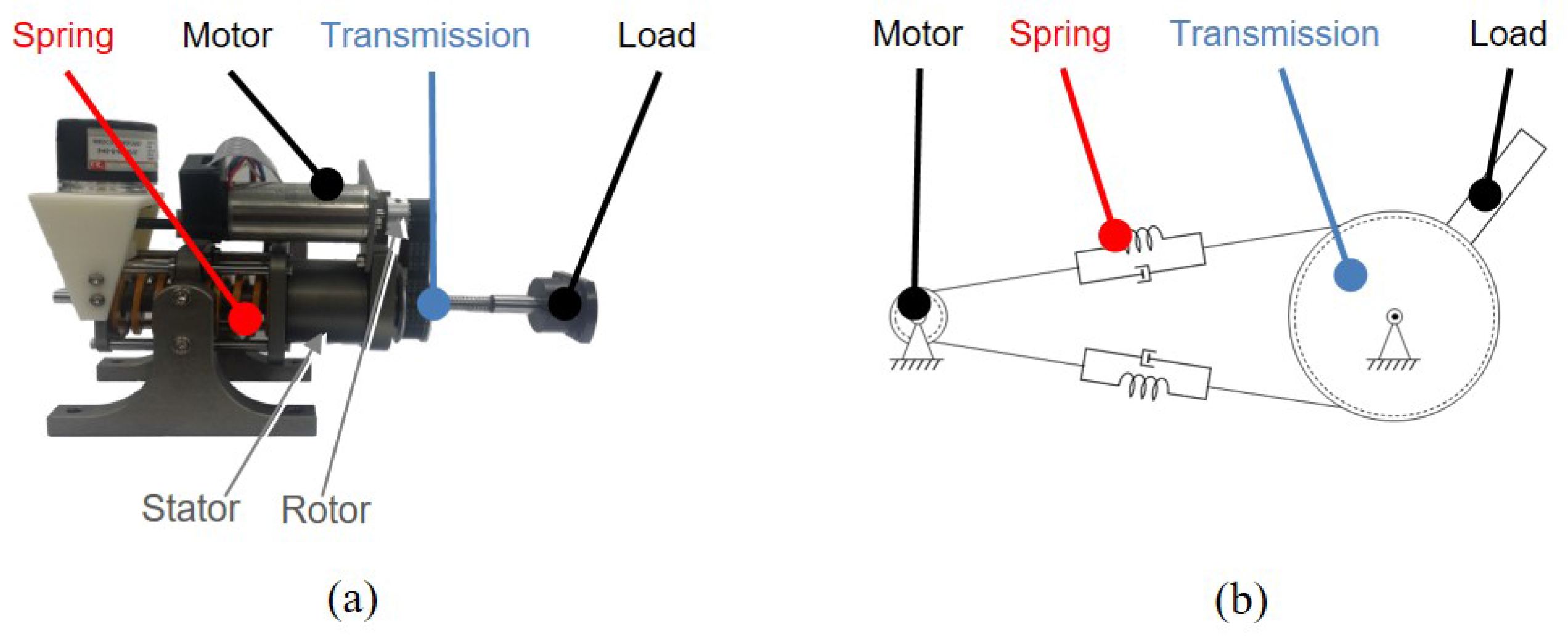131 private links
This article compares navigating a computer desktop without the desktop. That is, this article demonstrates how to use a terminal to move around and browse your computer as you would on a desktop, but from a terminal instead.
While the terminal may seem mysterious and intimidating at first, it's easy to learn once you realize that a terminal uses the same information as all of your usual applications. There are direct analogs for everything you do in a GUI to most of the everyday activities you do in a terminal. So instead of starting your journey with the shell by learning terminal commands, begin with everyday tasks that you're already familiar with.
- View file lists (
ls) - Open a folder (
cd) - Close a folder (
cd ~) - Navigate directories (
cd) - Absolute paths
Daniel J. Bernstein, Bo-Yin Yang. "Fast constant-time gcd computation and modular inversion."
I like Python, but wish it had static typing. The added safety would go a long way to improving quality and reducing development time. So today I tried to make use of type annotations and a static …
… from Jupyter notebooks to standalone applications and dashboards
An extremely meaty text editor
Lookup the rank of your conference.
SCons is an Open Source software construction tool - that is, a next-generation build tool. Think of SCons as an improved, cross-platform substitute for the classic Make utility with integrated functionality similar to autoconf/automake and compiler caches such as ccache. In short, SCons is an easier, more reliable and faster way to build software.
The title for this blog post is a direct reference to Latency Numbers Every Programmer Should Know. There are several versions of those numbers available now...
This page describes the history of the true random number service RANDOM.ORG, which offers true random numbers to anyone on the Internet. The randomness comes from atmospheric noise, which for many purposes is better than the pseudo-random number algorithms typically used in computer programs.

This video demonstrates the concept of series-elastic actuators (SEAs) and how they are used in rehabilitation robotics.
Just 3 Basic Requirements
In this brief guide, we will see the basic usage of Screen command with examples in Linux operating system.
HTTrack is a free (GPL, libre/free software) and easy-to-use offline browser utility.
It allows you to download a World Wide Web site from the Internet to a local directory, building recursively all directories, getting HTML, images, and other files from the server to your computer. HTTrack arranges the original site's relative link-structure. Simply open a page of the "mirrored" website in your browser, and you can browse the site from link to link, as if you were viewing it online. HTTrack can also update an existing mirrored site, and resume interrupted downloads. HTTrack is fully configurable, and has an integrated help system.
aerc is an email client that runs in your terminal. It's highly efficient and extensible, perfect for the discerning hacker.
Yetunde Dada, Ivan Danov, Nikolaos Tsaousis, Aris Valtazanos of Kedro, QuantumBlack Labs.
Abricotine is an open source, cross-platform Markdown editor built for the desktop with inline preview functionality.
Moving your filesystem to USB is a great way to improve reliability, speed and storage space on your Raspberry Pi. If you’re running something that is writing a lot of data constantly then having your filesystem on USB is safer because it’s less likely to get corrupted or stop working with a high amount of write cycles.
This tutorial is using a USB stick which doesn’t require any additional external power, if you want to use a larger USB hdd you will have to also get a powered USB hub because you’re Raspberry Pi doesn’t have enough juice to power it.
I’m using Raspbian for my operating system and I’ll assume you know how to install and configure that yourself.
Read the full article ...
We wish to take an array of 32 million 64bit floating point values, and compute the sum of their squares. This will let us explore some fundamental abilities of various languages. Their ability to iterate over arrays efficiently, whether they can vectorize basic loops, and whether higher order functions like map and reduce compile to efficient code. When applicable, I will show runtimes of both map and reduce, so we get insight into whether the language can stream higher order functions together, and also the runtime with a single reduce or fold operation.
